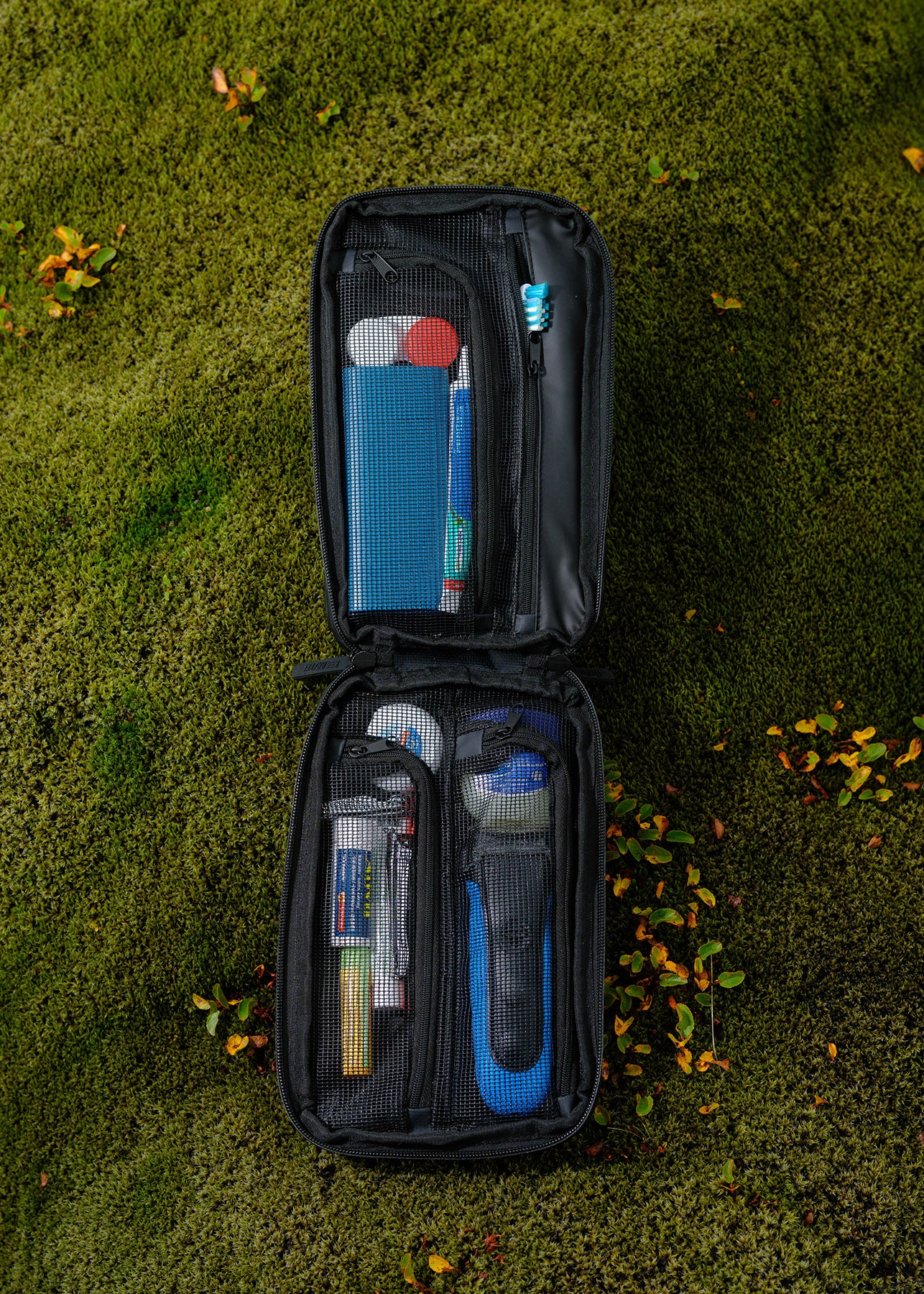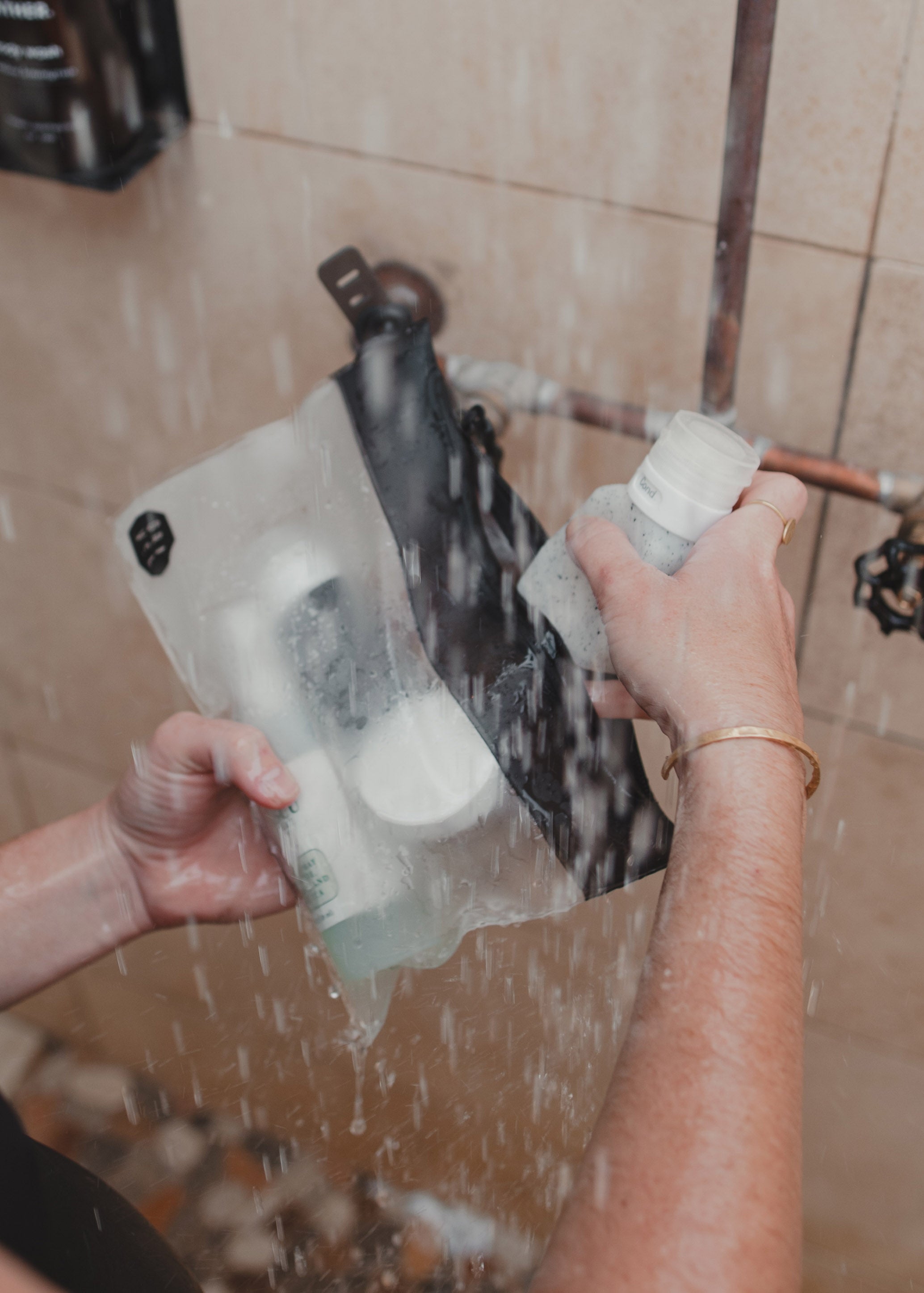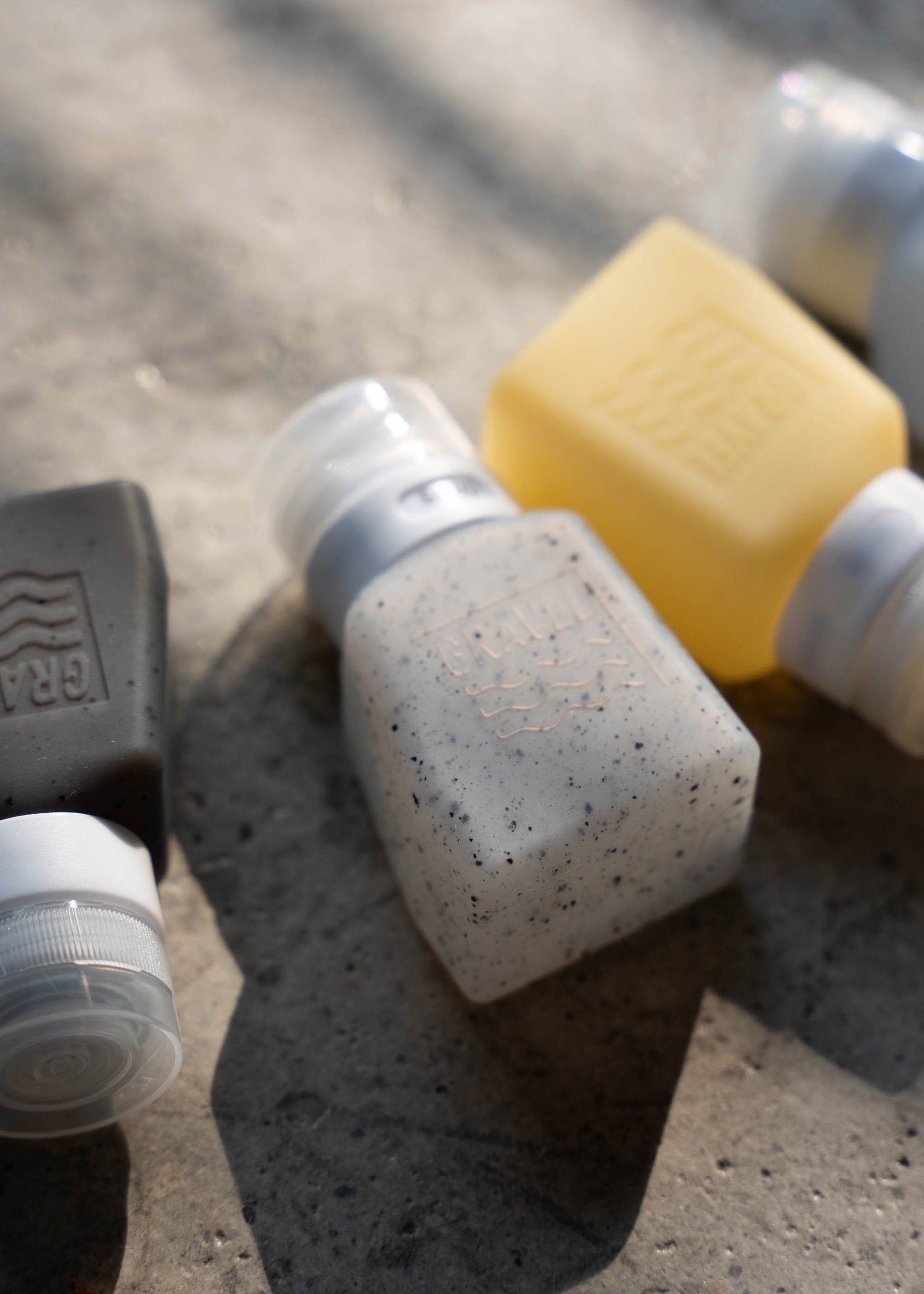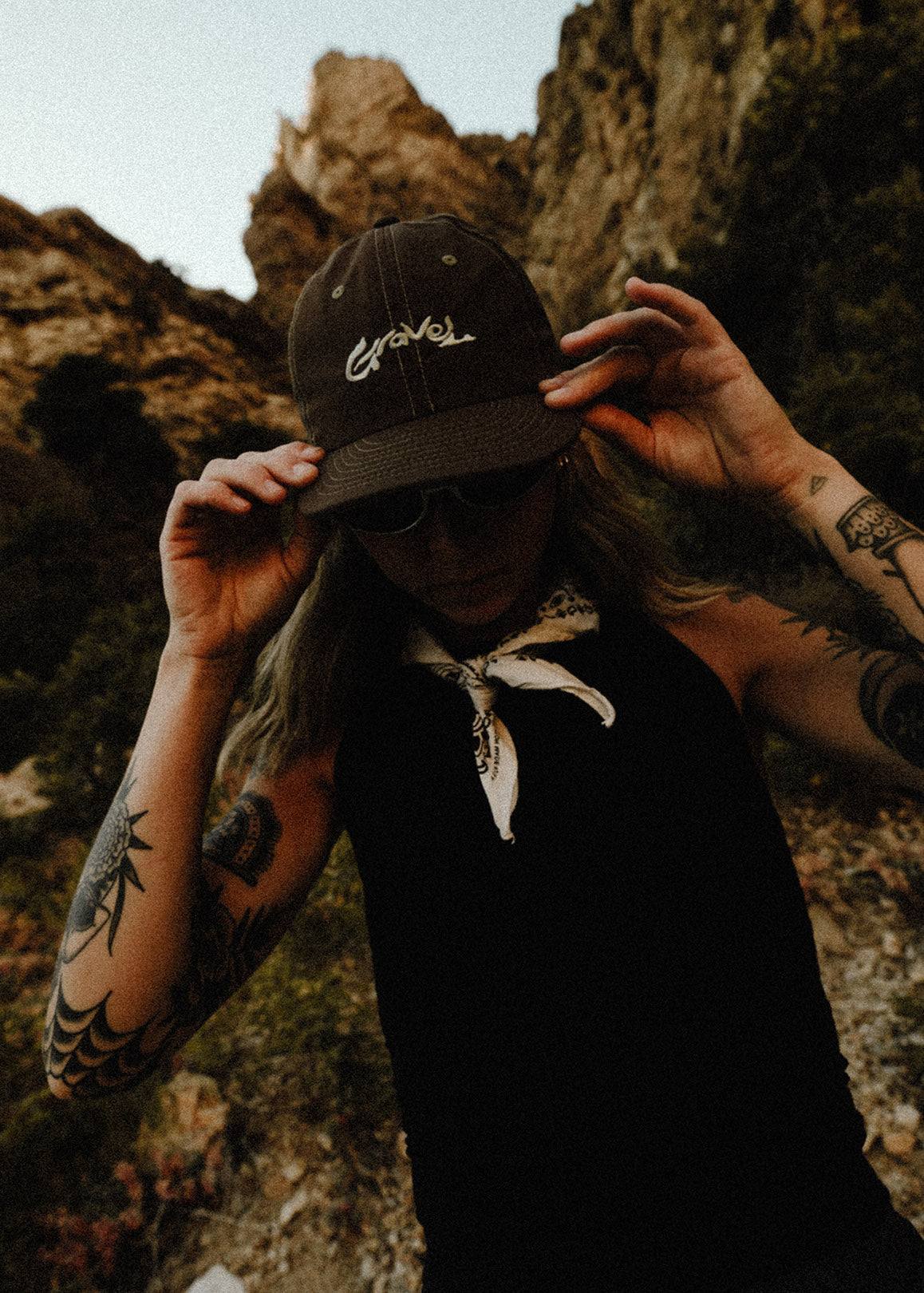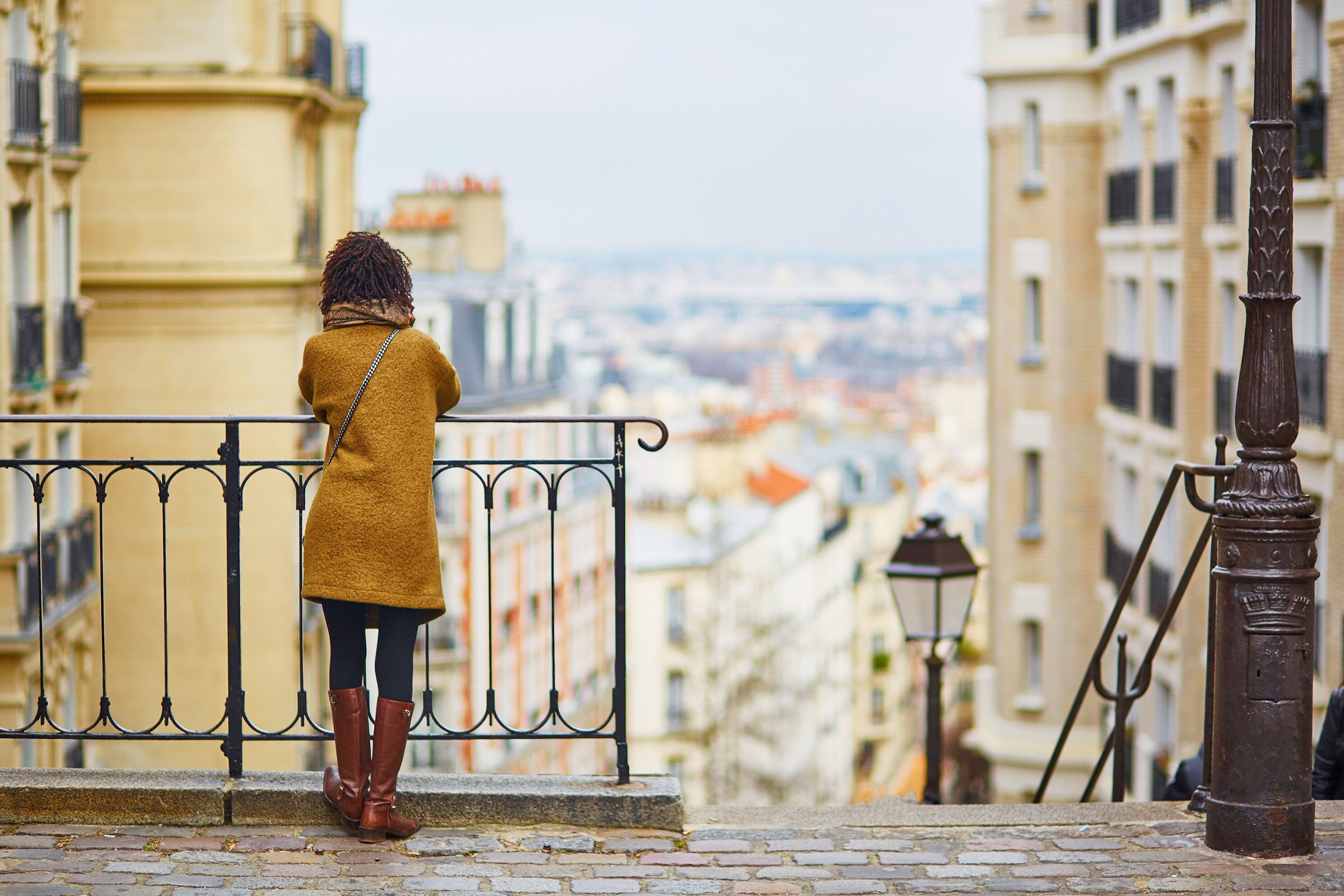Hey traveling creators! Katelyn here with Gravel.
We just spent four days in Mexico City, exploring some amazing neighborhoods like Roma Norte, Condesa, and Juarez. (You can find a video of our street photography in Mexico at the end of this post.)
During our trip, I shot on two cameras. One was my beloved Fujifilm x100v, which I’ve been using for over three years. The other was my Ricoh GRiii, which I acquired more recently in October 2023.
If you’re comparing some of the best travel cameras on the market, it pays to know the differences between these two options, including price, image quality, size, weight, and features. They’re both highly-rated cameras, but it’s possible one of them would be more suitable for your needs.
Stay with us as we explore the key features and benefits of each camera to help you make an informed decision on which one to choose for your upcoming travels.
Cost Comparison
There’s a significant price difference between the two cameras. A new Fujifilm x100v can cost around $1,700 plus tax, while a Ricoh GRiii “Diary” or “Street” edition usually retails for around $1,000 (also not including tax). If budget is high on your list of considerations, you might be able to find cheaper, pre-owned options on sites like Ebay and Mercari.
Size, Weight, and Portability
When I travel, I keep my cameras out of sight, often hidden in my fanny pack. This makes them easy to access and quick to use. It also keeps me from getting in the way of locals or other visitors. This way, I can use my camera simply as a tool to capture the moment without feeling like I’m not being present. In my opinion, you never want to favor your camera over your experiences.
All that said, when shooting street photography, it’s important to own a camera that can fit easily in a fanny pack or a roomy pants pocket. The Ricoh GRiii is the more compact choice, weighing roughly half a pound and measuring 4.29 x 2.44 x 1.3 inches. By contrast, the Fujifilm x100v weighs about one pound and measures 5.04 x 2.95 x 2.09 inches.
These minor variations in weight and size can be the difference between pocketing your camera (which is easier to do with the Ricoh GRiii) or having to sling it across your body with a strap.
By the way, I covered these differences and more while traveling through Italy. If you’re more of a visual learner, check out the video below!
Film Emulations and Picture Profiles | Which Camera Is Best?
Film emulation is a technique used in digital photography to produce images that resemble film. Picture profiles, on the other hand, are used to adjust various parameters that define an image's characteristics.
Fujifilm x100v’s advanced film emulations set it apart from other compact travel cameras. They're one of the main reasons photographers are drawn to the x100v. But the Ricoh GRiii’s picture profiles are also quite good, making it a strong contender. With the GRiii, you can dial these recipes in to create a picture that looks very similar to the Fujifilm.
Moreover, the GRiii’s app enables you to Airdrop photos from your camera to your phone easily. From my experience, this app is a lot let buggy and annoying than Fujifilm’s. Due to the frustrating Fujifilm app, I ended up transferring photos from the SD card to my computer and then airdropping them to my phone.
The GRiii, however, instantly connects to my phone without major issues. This is more helpful for traveling since you’re not frequently reliant on your laptop to transfer photos during the trip.
The Caveat
It’s worth mentioning that the Fujifilm x100v’s emulations are far better in my opinion. The feature enables me to export the JPG without the need for additional editing, making it ready to post on social media.
(Sidenote: I also keep a 1/4 Black ProMist Filter on my x100v lens. I only remove it when I want my photos to look a little more polished and professional. However, when I’m traveling, that’s not always the look I’m going for.)
By contrast, I find the Ricoh GRiii's picture profiles typically need fine-tuning in Lightroom to achieve a more polished look before posting on social. This adds an extra time-consuming step, which is something to think about when you’re traveling. After all, you want to spend more time enjoying your travels and less time editing your photos.
Still, the GRiii's overall image quality is impressive once you tweak it in Lightroom, for example, to achieve the desired look.
Lifestyle Night Photography
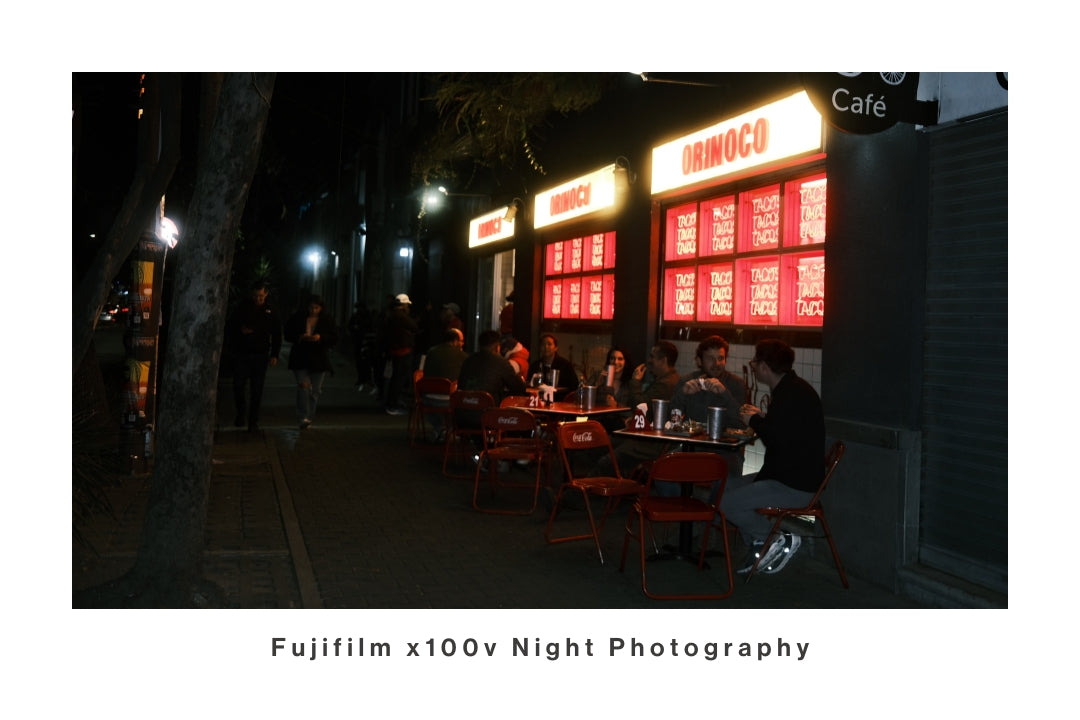
If you enjoy nighttime photography, you’ll be pleased to know that the Fujifilm x100v has the upper hand thanks to its built-in flash feature. Personally, I love the look of a cheap disposable camera without paying to develop pictures old-school style, and the x100v perfectly embodies this look.
However, I find myself overexposing frequently on the x100v to improve shadows, while with the Ricoh GRiii, I need to underexpose to maintain usable highlights.
Battery Life
After spending a lot of time with both cameras, I can confidently state that the Ricoh GRiii has significantly less battery life than the Fujifilm x100v. With the GRiii, you can expect to take around 200 photos on a single charge, whereas the x100v can take approximately 360 photos before needing a recharge.
In fact, the x100v’s battery has never died on me when it was fully charged and I spent hours taking pictures. On the other hand, the GRiii died on me multiple times as I explored new areas during my travels.
Photo Comparisons | Ricoh GRiii Vs. Fujifilm x100v
In an effort to compare the Fujifilm x100v and the Ricoh GRiii on our Mexico City trip, we took a variety of photos in different settings and lighting conditions.
The x100v produced crisp, vibrant images with excellent detail and color accuracy, but so did the GRiii with a bit of fine-tuning. Hopefully, the following photo comparisons can help paint the picture:


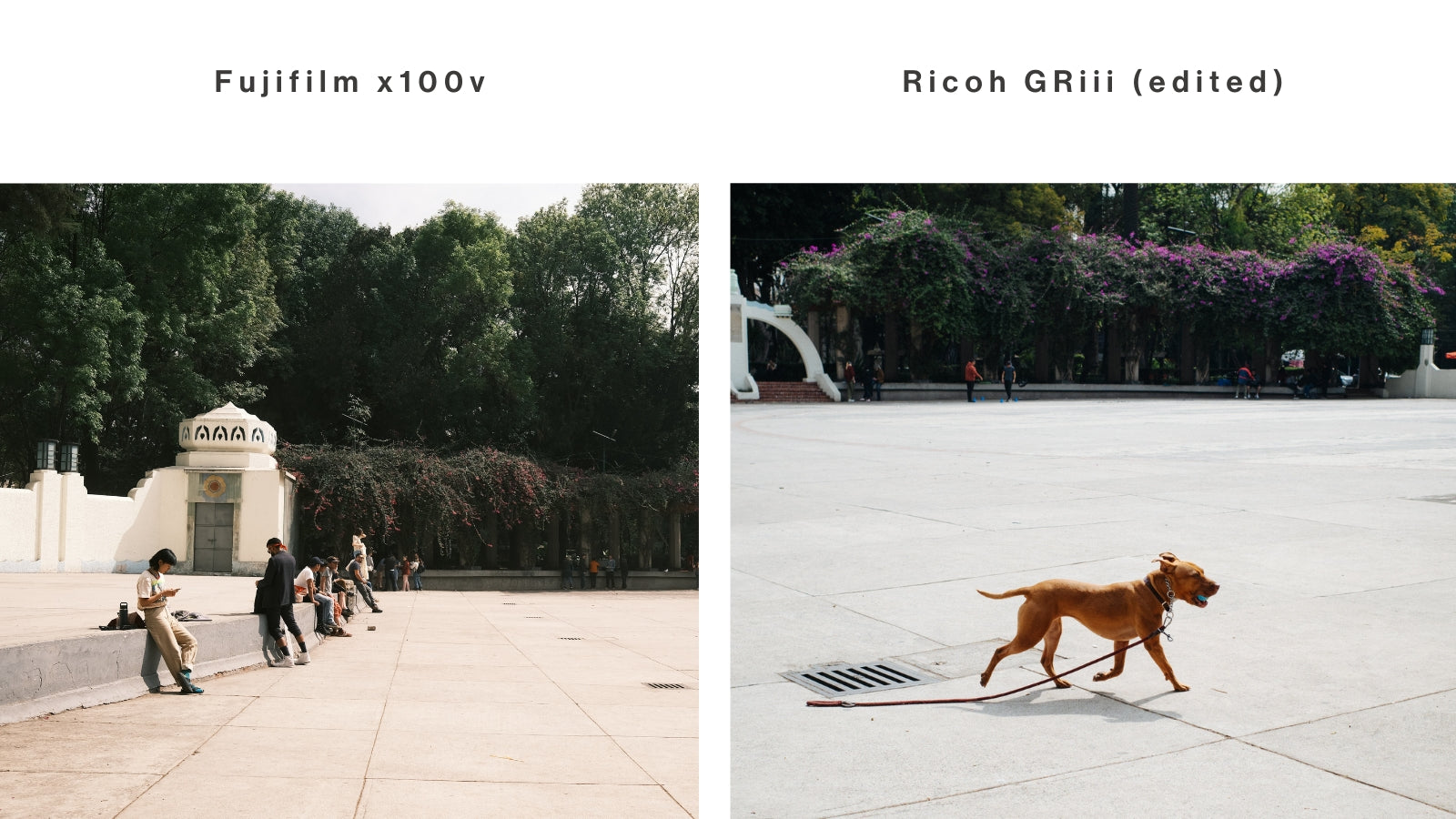

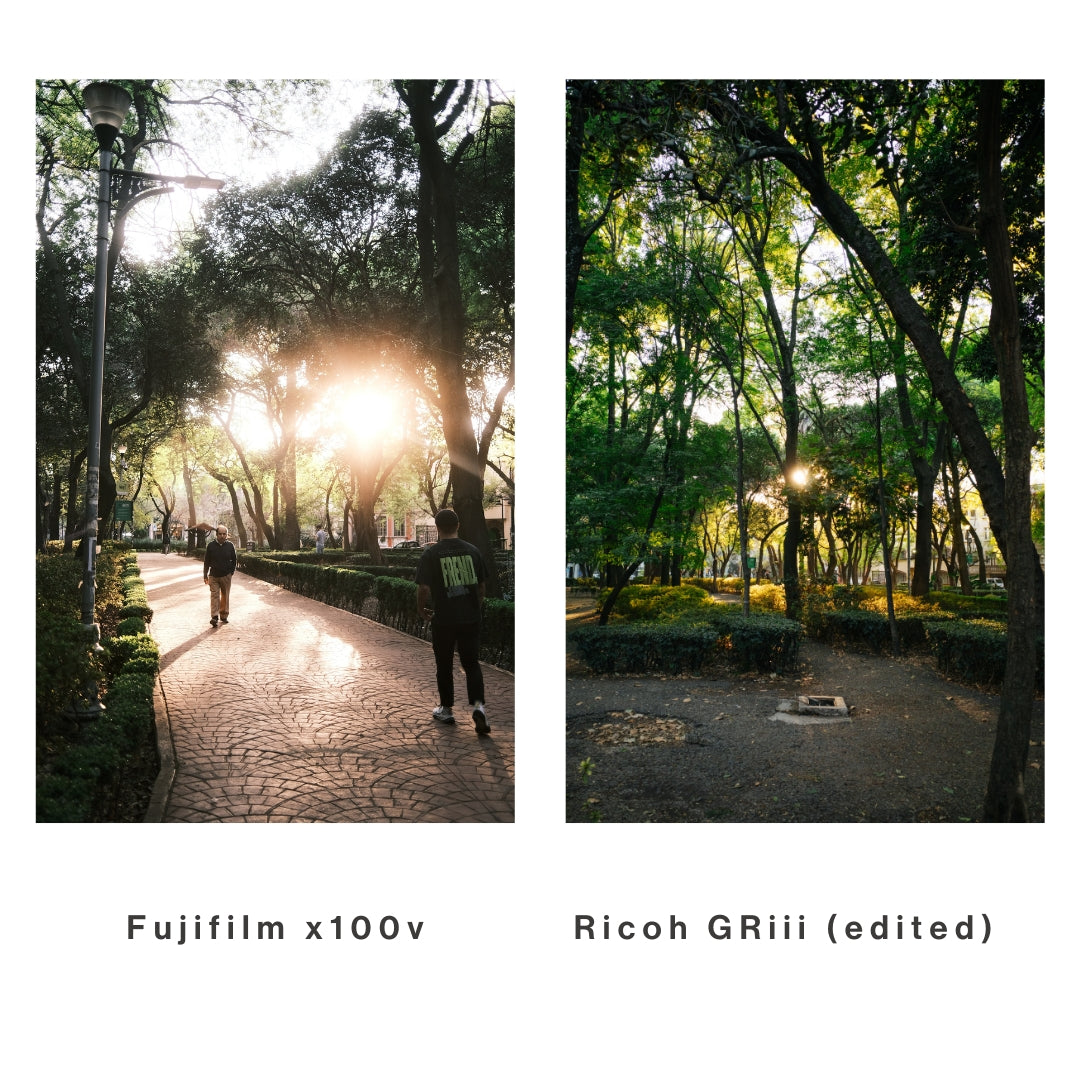
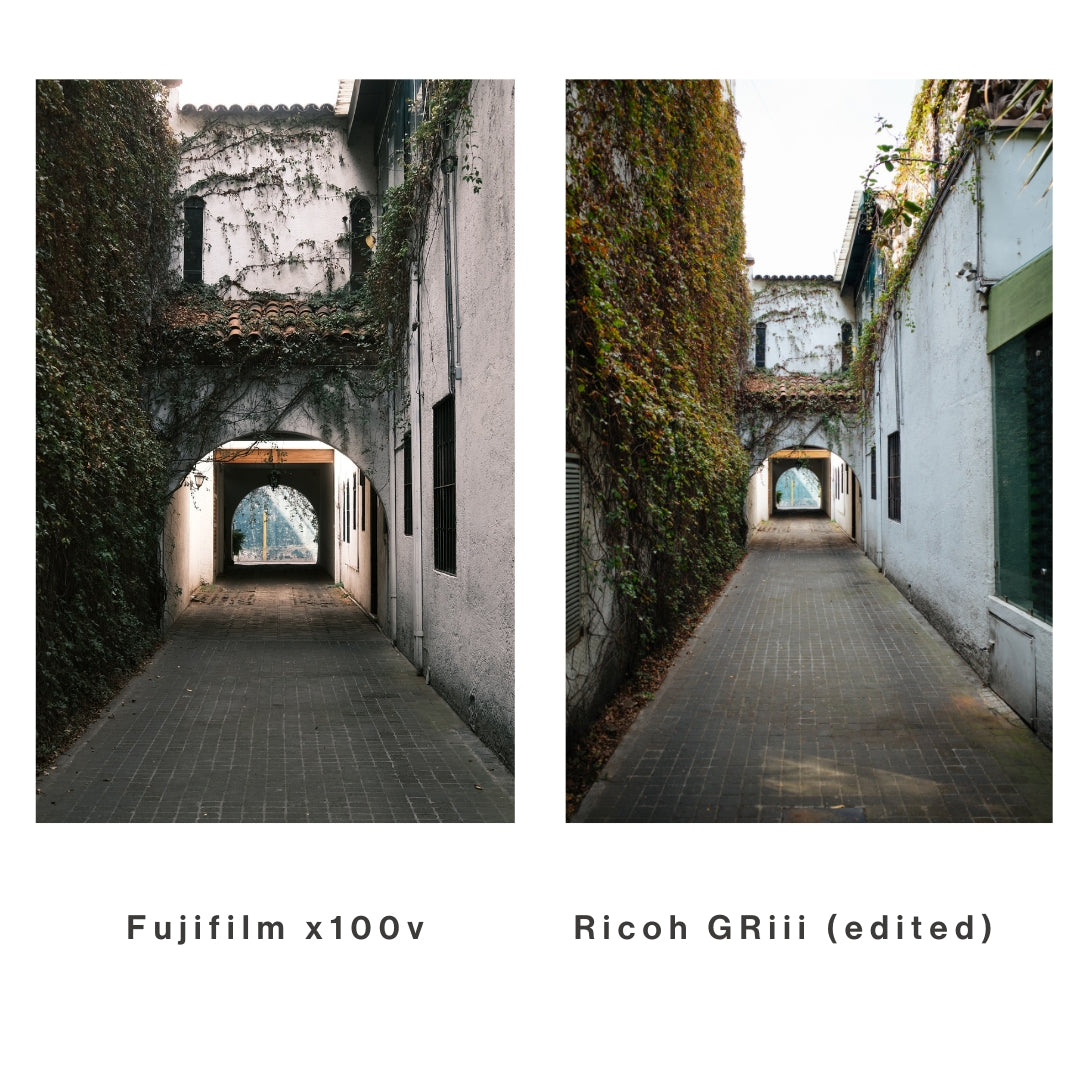

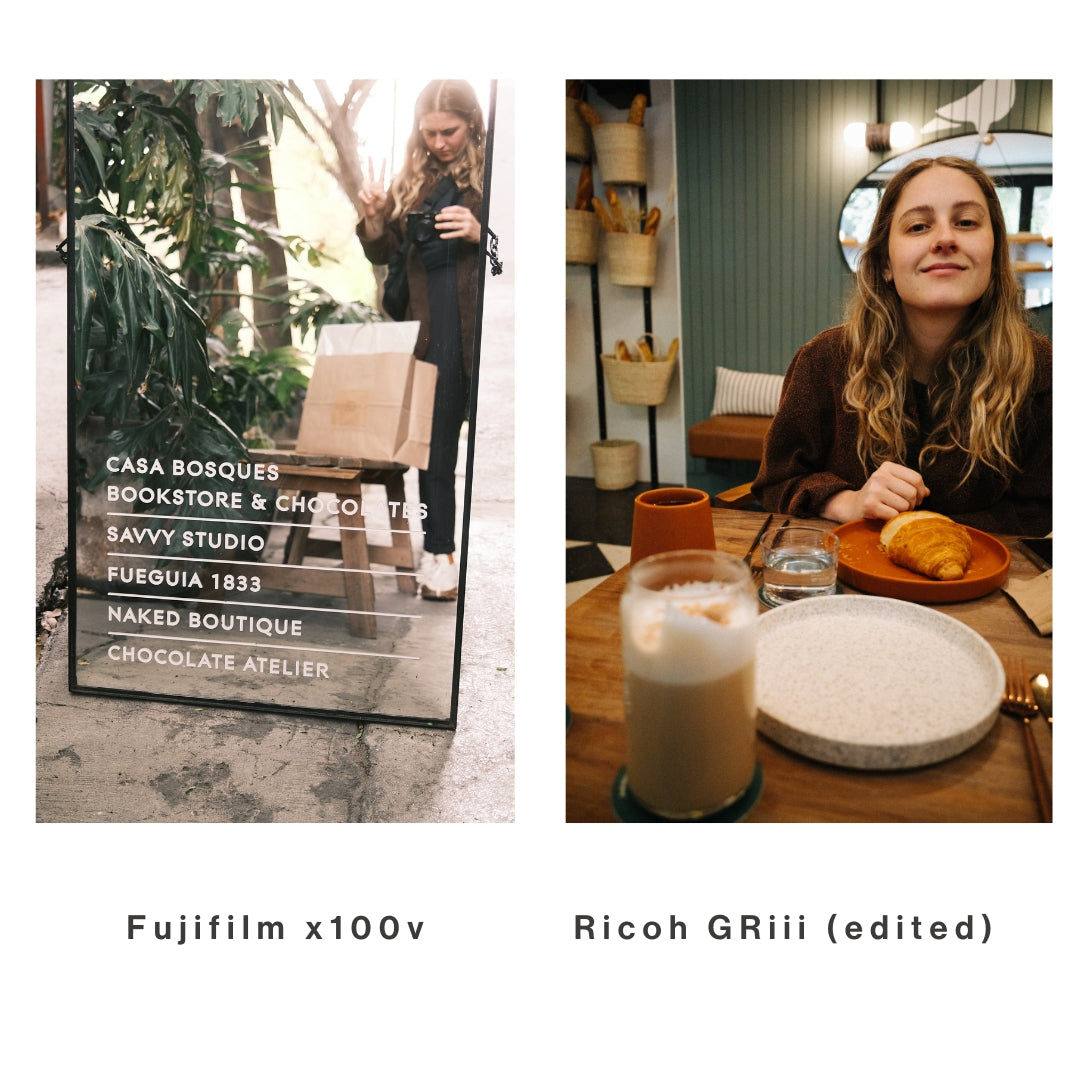
Final Thoughts
I firmly believe that travel photography is best captured with cameras that produce dynamic images, with rich contrasts in light and shadows. Camera phones can’t quite replicate this, which is why I enjoy traveling with both the Fujifilm x100v and the Ricoh GRiii.
Both cameras are a great investment, capturing stunning portraits and vibrant videos. However, the Ricoh GRiii won my heart on my recent trip to Mexico City. Its size, portability, and the fact that I was able to adjust my picture profile to my liking made it feel great to use. I'm so happy with it that, depending on the trip, I might leave my Fuji x100v at home more often.
So there you have it — my personal review and preferences between the Ricoh GRiii and the Fujifilm x100v. Do you have a favorite? Let us know in the comments.
And if you enjoy our video content, consider subscribing to our channel. For more travel tips, check out the rest of our blog.
Happy photographing! 📷✨ 🌎✈️❤️

